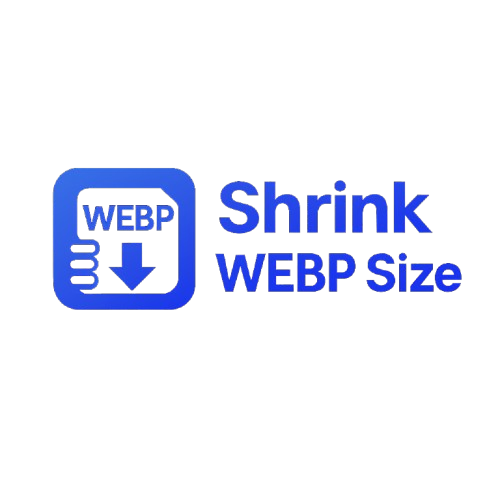In today's digital landscape, WebP has emerged as the
superior image format for web optimization, offering both
lossless and lossy compression with transparency support.
However, even WebP files can become unnecessarily large,
impacting website performance and user experience.
The solution? Smart WebP compression that maintains quality
while dramatically reducing file sizes for faster loading.
The WebP Advantage: Superior Compression with Quality
WebP files are celebrated for their superior compression
compared to PNG and JPEG, but even optimized WebP files can
benefit from further compression. Every oversized WebP on
your website creates performance bottlenecks that affect
your users:
-
Faster Page Load Times: Compressed WebP
files load significantly faster than PNG equivalents,
especially on mobile devices and slow connections.
-
Reduced Bandwidth Usage: Optimized WebP
files consume less data, benefiting users with limited
connections and reducing hosting costs.
-
Better SEO Performance: Search engines
prioritize fast-loading websites, and optimized WebP
images can significantly improve your Core Web Vitals
scores.
Understanding WebP Compression Benefits
WebP compression works by using advanced algorithms that can
achieve 25-35% smaller file sizes compared to PNG while
maintaining the same visual quality. Unlike JPEG compression
which can introduce artifacts, WebP compression can be
lossless - meaning your images remain pixel-perfect while
becoming significantly smaller.
This makes WebP compression ideal for modern web graphics,
logos, icons, and any image where quality preservation is
critical. You get the best of both worlds: superior
compression ratios and uncompromised visual quality.
The Smart Approach to WebP Optimization
Effective WebP compression isn't just about making files
smaller - it's about understanding what makes WebP files
large and addressing those factors intelligently while
maintaining the format's inherent advantages.
Tools like ShrinkWebPSize.com analyze your WebP files and
apply advanced compression techniques that remove redundant
data, optimize color palettes, and strip unnecessary
metadata - all while preserving the transparency and quality
that make WebP valuable. The result? Faster websites that
still look professional and polished.
